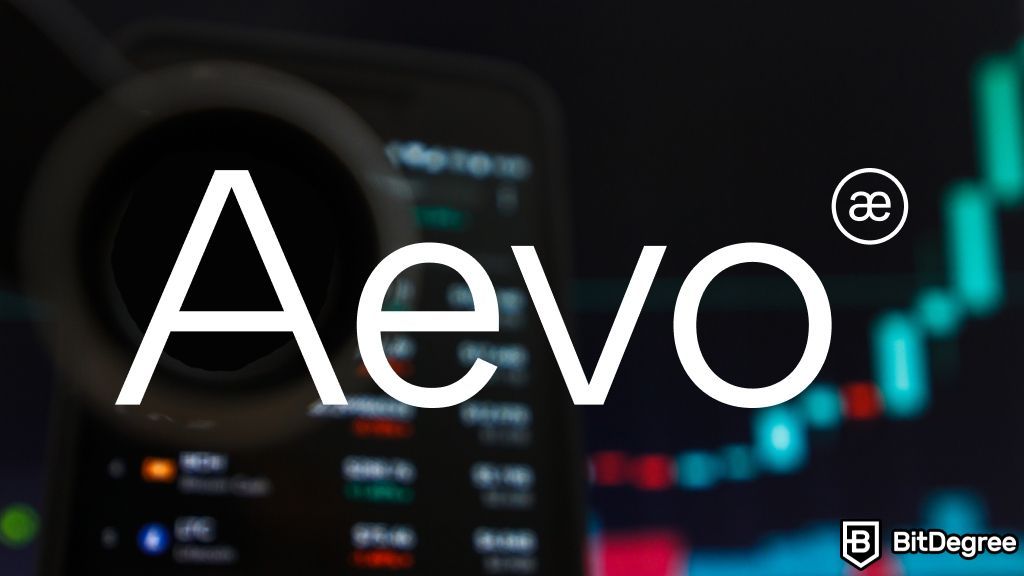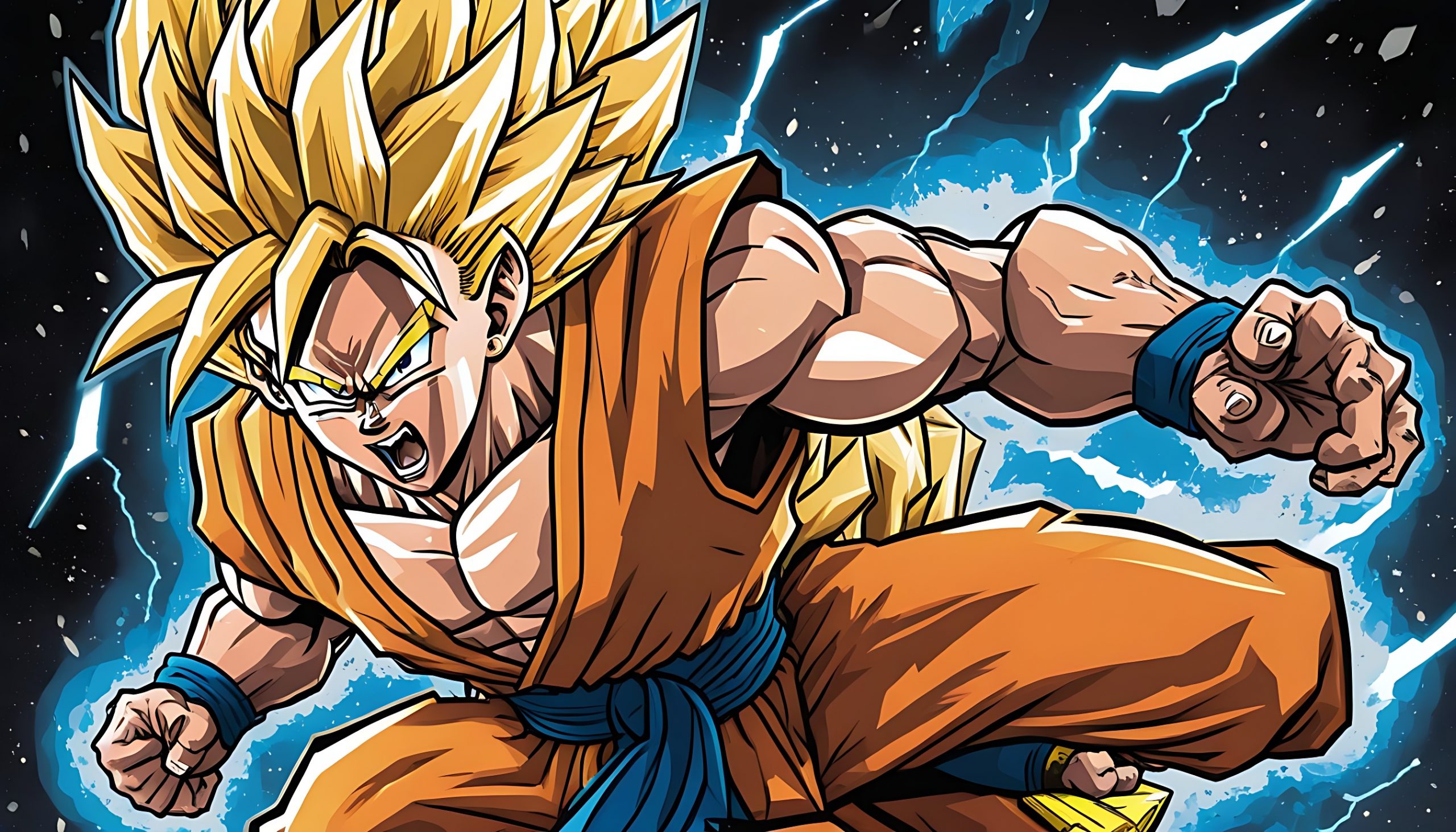Gaming Revolution – Why On-Chain Purchases are the Future

HodlX Guest Post Submit Post
‘Fortnite’ skins and PokéCoins may not seem like more of a fun gimmick than an in-game necessity, but these kinds of in-game purchases make up a massive market worth over $70 billion.
In-game purchases have been around for a while. The first microtransaction sold by a major publisher was in 2006 when Bethesda sold horse armor in ‘The Elder Scrolls IV: Oblivion’ for $2.50.
Since then, the latter has exploded in popularity across the diverse gaming world. But there is a caveat.
In-game purchases, such as skins (i.e. digital assets), are largely limited to the respective game ecosystem in which they are purchased.
For example, the aforementioned Fortnite skins can only be used or displayed in Fortnite.
Moreover, few of these assets can be traded or generated any form of income by their owners.
This siled approach to in-game purchases is not only frustrating for players, it’s also a missed opportunity for developers.
Locking these digital assets within their own ecosystem limits the potential for cross-platform collaboration and misses the opportunity to create a thriving secondary market for digital goods.
Now, if you’re reading this, it’s probably no surprise that I’m suggesting Web 3.0 as a solution to the problem.
Migrating in-game assets to an on-chain network like Ethereum gives players greater control and true ownership of their assets.
By storing in-game assets on chain, players can easily sell and trade their assets and effectively monetize them.
Let’s take a look at how this works and why it’s just the tip of the spear.
How do in-game purchases work on-chain?
Layer 2 scaling solutions such as Immutable have worked to provide non-fungible token (NFT) infrastructure on the Ethereum blockchain to reduce the cost of NFT issuance.
Of course, NFTs represent in-game assets being purchased.
By selling assets as NFTs, Web 3.0 gamers can easily trade and transfer in-game assets to other wallets.
Additionally, NFT assets give the game absolute ownership of the purchased item.
Some argue that prioritizing Web 3.0 as a way to store and trade purchasable gaming assets is the first order of business, while others believe the entire experience should be moved on-chain.
By creating a decentralized ecosystem for in-game assets, we can foster new levels of trust and transparency between players and developers.
Malicious actors or game developers cannot manipulate prices, prevent gamers from being targeted, or entire games from being taken off the market (along with in-game purchases).
With blockchain, everything is public, verifiable, and transferable.
Imagine being able to show off your hard-earned Fortnite skin in ‘Call of Duty’ or trade your ‘World of Warcraft’ sword for a rare Pokémon.
future of gaming
So what does the future of gaming with on-chain purchases look like?
First of all, we can expect a lot more cross-platform collaboration and integration.
Developers are encouraged to create assets that can be used across multiple games, creating a more interconnected gaming ecosystem.
We can also expect to see an increase in player-centric economies, where gamers have more control over the value of their digital assets.
The ability to trade and sell items on the secondary market allows players to earn real money through their gaming habits. This is already happening in the world of esports.
But perhaps the most exciting prospect is the potential for new types of gaming experiences that were previously impossible.
Imagine a game where your actions and choices have real consequences thanks to smart contracts and decentralized governance.
Games could also improve their largely flawed play-to-earn model by allowing you to earn cryptocurrency by completing quests and challenges.
Of course, the road to on-chain gaming is not without challenges.
There are technical hurdles to overcome, including scalability and interoperability between different blockchain networks.
There are also legal and regulatory issues that need to be navigated, particularly in relation to gambling and token usage.
But perhaps the biggest challenge will be convincing gamers and developers to embrace this new paradigm.
Change is never easy and there will undoubtedly be resistance from those who are satisfied with the status quo.
However, we can expect attitudes to gradually change as more and more players experience the benefits of on-chain gaming.
takeout
Simply put, on-chain gaming in the near future is not just a Web 3.0 dream. The possibility of a world where skins, coins, loot boxes, etc. are no longer meaningless pixels is just around the corner.
In-game purchases will become valuable assets that can be traded and sold or used in a variety of games.
Of course, there are still some issues that need to be resolved. It’s a matter of figuring out how to make it all work together smoothly and convincing the biggest names in gaming to get on board.
But once people start seeing the benefits of on-chain gaming, there is no going back.
Niko Hosn is CTO of ZTX and founder of RareMint. Niko is an expert in Web 3.0 games, blockchain development, and composability.
Check out the latest headlines from HodlX
Follow us on Twitter. Facebook Telegram
Check out the latest industry announcements
Disclaimer: Opinions expressed on The Daily Hodl do not constitute investment advice. Investors should do their due diligence before making high-risk investments in Bitcoin, cryptocurrencies, or digital assets. Please note that your transfers and transactions are entirely at your own risk and that you will be responsible for any losses you may incur. The Daily Hodl does not recommend the purchase or sale of any cryptocurrency or digital asset, and The Daily Hodl is not investment advice. The Daily Hodl engages in affiliate marketing.
The post Gaming Revolution – Why On-Chain Purchasing is the Future appeared first on The Daily Hodl.



